HSBC 2010 Annual Report Download - page 95
Download and view the complete annual report
Please find page 95 of the 2010 HSBC annual report below. You can navigate through the pages in the report by either clicking on the pages listed below, or by using the keyword search tool below to find specific information within the annual report.-
 1
1 -
 2
2 -
 3
3 -
 4
4 -
 5
5 -
 6
6 -
 7
7 -
 8
8 -
 9
9 -
 10
10 -
 11
11 -
 12
12 -
 13
13 -
 14
14 -
 15
15 -
 16
16 -
 17
17 -
 18
18 -
 19
19 -
 20
20 -
 21
21 -
 22
22 -
 23
23 -
 24
24 -
 25
25 -
 26
26 -
 27
27 -
 28
28 -
 29
29 -
 30
30 -
 31
31 -
 32
32 -
 33
33 -
 34
34 -
 35
35 -
 36
36 -
 37
37 -
 38
38 -
 39
39 -
 40
40 -
 41
41 -
 42
42 -
 43
43 -
 44
44 -
 45
45 -
 46
46 -
 47
47 -
 48
48 -
 49
49 -
 50
50 -
 51
51 -
 52
52 -
 53
53 -
 54
54 -
 55
55 -
 56
56 -
 57
57 -
 58
58 -
 59
59 -
 60
60 -
 61
61 -
 62
62 -
 63
63 -
 64
64 -
 65
65 -
 66
66 -
 67
67 -
 68
68 -
 69
69 -
 70
70 -
 71
71 -
 72
72 -
 73
73 -
 74
74 -
 75
75 -
 76
76 -
 77
77 -
 78
78 -
 79
79 -
 80
80 -
 81
81 -
 82
82 -
 83
83 -
 84
84 -
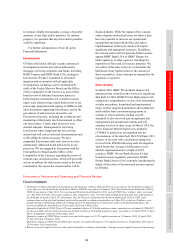 85
85 -
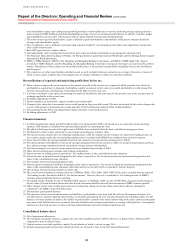 86
86 -
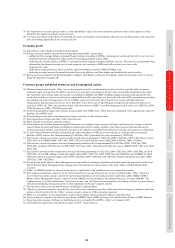 87
87 -
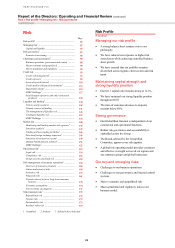 88
88 -
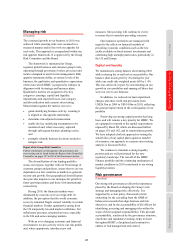 89
89 -
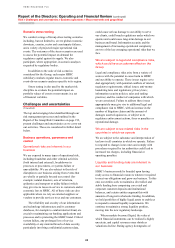 90
90 -
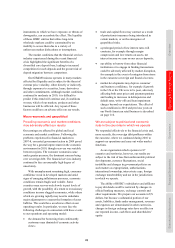 91
91 -
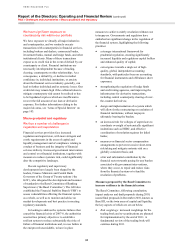 92
92 -
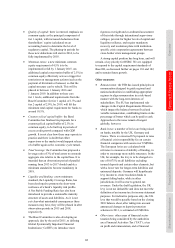 93
93 -
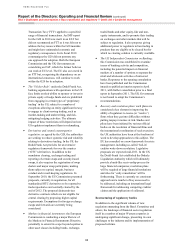 94
94 -
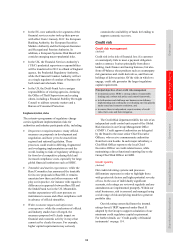 95
95 -
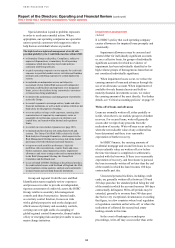 96
96 -
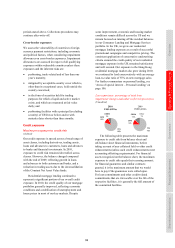 97
97 -
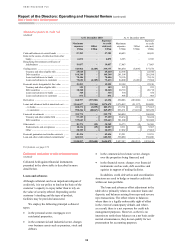 98
98 -
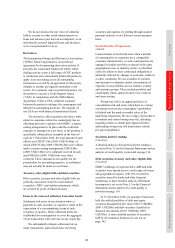 99
99 -
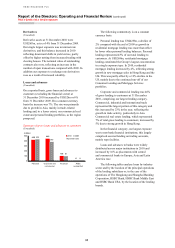 100
100 -
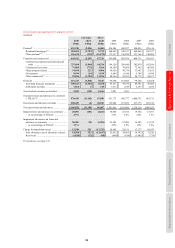 101
101 -
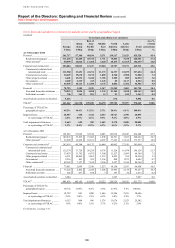 102
102 -
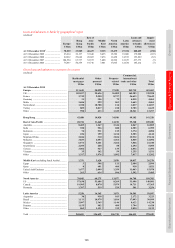 103
103 -
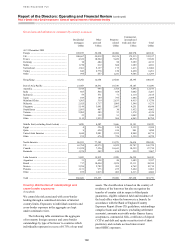 104
104 -
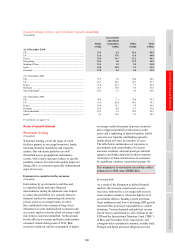 105
105 -
 106
106 -
 107
107 -
 108
108 -
 109
109 -
 110
110 -
 111
111 -
 112
112 -
 113
113 -
 114
114 -
 115
115 -
 116
116 -
 117
117 -
 118
118 -
 119
119 -
 120
120 -
 121
121 -
 122
122 -
 123
123 -
 124
124 -
 125
125 -
 126
126 -
 127
127 -
 128
128 -
 129
129 -
 130
130 -
 131
131 -
 132
132 -
 133
133 -
 134
134 -
 135
135 -
 136
136 -
 137
137 -
 138
138 -
 139
139 -
 140
140 -
 141
141 -
 142
142 -
 143
143 -
 144
144 -
 145
145 -
 146
146 -
 147
147 -
 148
148 -
 149
149 -
 150
150 -
 151
151 -
 152
152 -
 153
153 -
 154
154 -
 155
155 -
 156
156 -
 157
157 -
 158
158 -
 159
159 -
 160
160 -
 161
161 -
 162
162 -
 163
163 -
 164
164 -
 165
165 -
 166
166 -
 167
167 -
 168
168 -
 169
169 -
 170
170 -
 171
171 -
 172
172 -
 173
173 -
 174
174 -
 175
175 -
 176
176 -
 177
177 -
 178
178 -
 179
179 -
 180
180 -
 181
181 -
 182
182 -
 183
183 -
 184
184 -
 185
185 -
 186
186 -
 187
187 -
 188
188 -
 189
189 -
 190
190 -
 191
191 -
 192
192 -
 193
193 -
 194
194 -
 195
195 -
 196
196 -
 197
197 -
 198
198 -
 199
199 -
 200
200 -
 201
201 -
 202
202 -
 203
203 -
 204
204 -
 205
205 -
 206
206 -
 207
207 -
 208
208 -
 209
209 -
 210
210 -
 211
211 -
 212
212 -
 213
213 -
 214
214 -
 215
215 -
 216
216 -
 217
217 -
 218
218 -
 219
219 -
 220
220 -
 221
221 -
 222
222 -
 223
223 -
 224
224 -
 225
225 -
 226
226 -
 227
227 -
 228
228 -
 229
229 -
 230
230 -
 231
231 -
 232
232 -
 233
233 -
 234
234 -
 235
235 -
 236
236 -
 237
237 -
 238
238 -
 239
239 -
 240
240 -
 241
241 -
 242
242 -
 243
243 -
 244
244 -
 245
245 -
 246
246 -
 247
247 -
 248
248 -
 249
249 -
 250
250 -
 251
251 -
 252
252 -
 253
253 -
 254
254 -
 255
255 -
 256
256 -
 257
257 -
 258
258 -
 259
259 -
 260
260 -
 261
261 -
 262
262 -
 263
263 -
 264
264 -
 265
265 -
 266
266 -
 267
267 -
 268
268 -
 269
269 -
 270
270 -
 271
271 -
 272
272 -
 273
273 -
 274
274 -
 275
275 -
 276
276 -
 277
277 -
 278
278 -
 279
279 -
 280
280 -
 281
281 -
 282
282 -
 283
283 -
 284
284 -
 285
285 -
 286
286 -
 287
287 -
 288
288 -
 289
289 -
 290
290 -
 291
291 -
 292
292 -
 293
293 -
 294
294 -
 295
295 -
 296
296 -
 297
297 -
 298
298 -
 299
299 -
 300
300 -
 301
301 -
 302
302 -
 303
303 -
 304
304 -
 305
305 -
 306
306 -
 307
307 -
 308
308 -
 309
309 -
 310
310 -
 311
311 -
 312
312 -
 313
313 -
 314
314 -
 315
315 -
 316
316 -
 317
317 -
 318
318 -
 319
319 -
 320
320 -
 321
321 -
 322
322 -
 323
323 -
 324
324 -
 325
325 -
 326
326 -
 327
327 -
 328
328 -
 329
329 -
 330
330 -
 331
331 -
 332
332 -
 333
333 -
 334
334 -
 335
335 -
 336
336 -
 337
337 -
 338
338 -
 339
339 -
 340
340 -
 341
341 -
 342
342 -
 343
343 -
 344
344 -
 345
345 -
 346
346 -
 347
347 -
 348
348 -
 349
349 -
 350
350 -
 351
351 -
 352
352 -
 353
353 -
 354
354 -
 355
355 -
 356
356 -
 357
357 -
 358
358 -
 359
359 -
 360
360 -
 361
361 -
 362
362 -
 363
363 -
 364
364 -
 365
365 -
 366
366 -
 367
367 -
 368
368 -
 369
369 -
 370
370 -
 371
371 -
 372
372 -
 373
373 -
 374
374 -
 375
375 -
 376
376 -
 377
377 -
 378
378 -
 379
379 -
 380
380 -
 381
381 -
 382
382 -
 383
383 -
 384
384 -
 385
385 -
 386
386 -
 387
387 -
 388
388 -
 389
389 -
 390
390 -
 391
391 -
 392
392 -
 393
393 -
 394
394 -
 395
395 -
 396
396
 |
 |

93
Overview Operating & Financial Review Governance Financial Statements Shareholder Information
• In the EU, new authorities for segments of the
financial services sector took up their powers
with effect from 1 January 2011: the European
Banking Authority, the European Securities
Markets Authority and the European Insurance
and Occupational Pension Authority. In
addition, a European Systemic Risk Board will
consider emerging macro-prudential risks.
• In the UK, the Financial Services Authority’ s
(‘FSA’ ) prudential supervisory responsibilities
will be transferred in 2012 to a Bank of England
agency, the Prudential Regulatory Authority,
while the Financial Conduct Authority will act
as a single regulator of conduct of business for
both retail and wholesale firms.
• In the US, the Dodd-Frank Act re-assigns
responsibilities of existing agencies, demising
the Office of Thrift Supervision and creating
others, including a Financial Stability Oversight
Council to address systemic matters and a
Bureau of Consumer Protection.
Implementation risks
The extensive programme of regulatory change
carries significant implementation risks for
authorities and industry participants alike, including:
• Disparities in implementation: many official
measures are proposals in development and
negotiation, and have yet to be enacted into
regional and national legislation. These
processes could result in differing, fragmented
and overlapping implementation around the
world, leading to risks of regulatory arbitrage, a
far from level competitive playing-field and
increased compliance costs, especially for large,
global financial institutions such as HSBC.
• Timetable and market expectations: while the
Basel Committee has announced the timetable
for its core proposals in Basel III, it remains
uncertain how these and other measures will
play out in practice, for instance with regard to
differences in approach between Basel III and
the Dodd-Frank Act in the US. Meanwhile,
market expectations will exert pressure on
institutions to assess and effect compliance well
in advance of official timetables.
• Wider economic impact and unforeseen
consequences: while the conclusions of official
and industry studies have diverged, the
measures proposed will clearly impact on
financial and economic activity in ways that
cannot yet be clearly foreseen. For example,
higher capital requirements may seriously
constrain the availability of funds for lending to
support economic recovery.
Credit risk
Credit risk management
(Audited)
Credit risk is the risk of financial loss if a customer
or counterparty fails to meet a payment obligation
under a contract. It arises principally from direct
lending, trade finance and leasing business, but also
from off-balance sheet products such as counterparty
risk guarantees and credit derivatives, and from our
holdings of debt securities. Of the risks in which we
engage, credit risk generates the largest regulatory
capital requirement.
Principal objectives of our credit risk management
• to maintain across HSBC a strong culture of responsible
lending and a robust risk policy and control framework;
• to both partner and challenge our businesses in defining,
implementing and continually re-evaluating our risk appetite
under actual and scenario conditions; and
• to ensure there is independent, expert scrutiny of credit
risks, their costs and their mitigation.
The Credit Risk department fulfils the role of an
independent credit control unit as part of the Global
Risk function in our Group Management Office
(‘GMO’ ). Credit approval authorities are delegated
by the Board to the most senior Chief Executive
Officers, who receive commensurate authorities
from their own boards. In each major subsidiary, a
Chief Risk Officer reports to the local Chief
Executive Officer on credit-related issues, while
maintaining a direct functional reporting line to the
Group Chief Risk Officer in GMO.
Credit quality
(Audited)
Our credit risk rating systems and processes
differentiate exposures in order to highlight those
with greater risk factors and higher potential severity
of loss. In the case of individually significant
accounts, risk ratings are reviewed regularly and any
amendments are implemented promptly. Within our
retail businesses, risk is assessed and managed using
a wide range of risk and pricing models to generate
portfolio data.
Our risk rating system facilitates the internal
ratings-based (‘IRB’ ) approach under Basel II
adopted by the Group to support calculation of our
minimum credit regulatory capital requirement.
For further details, see ‘Credit quality of financial
instruments’ on page 114.
